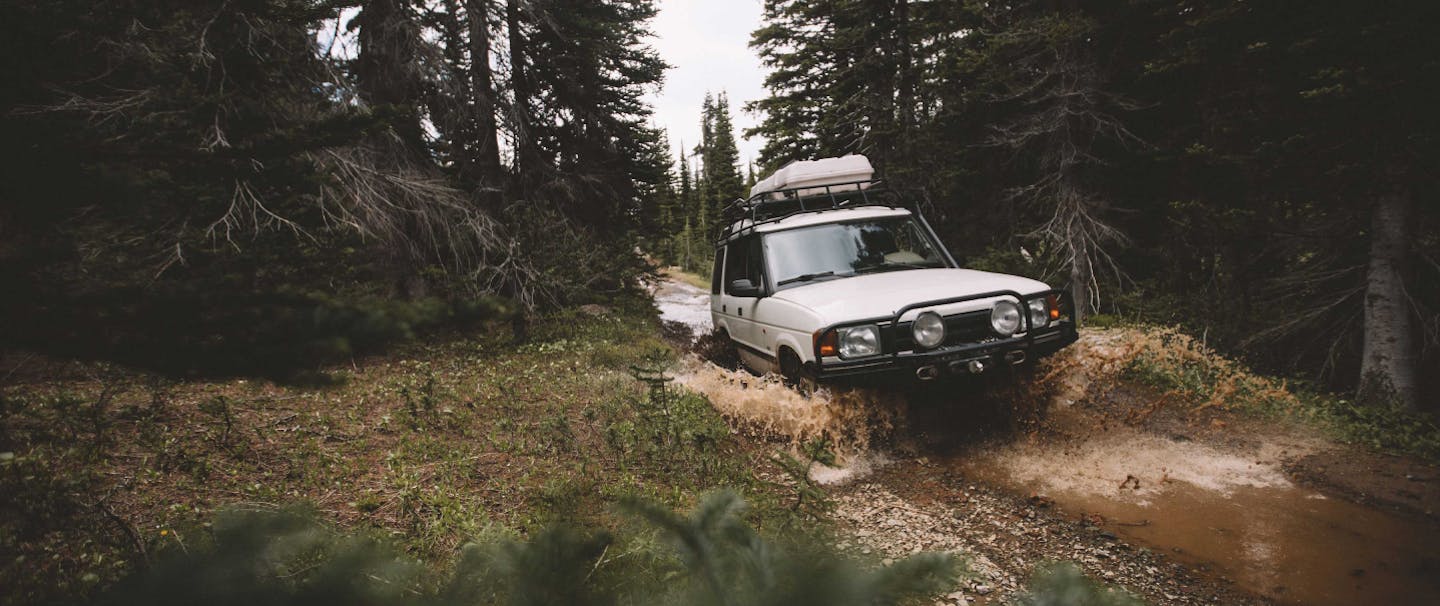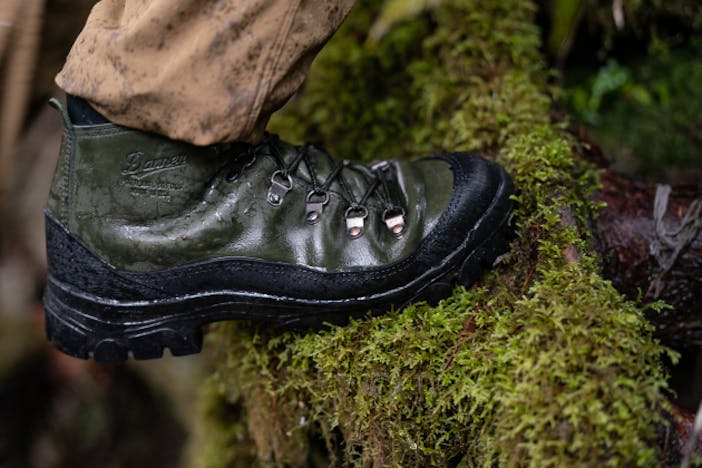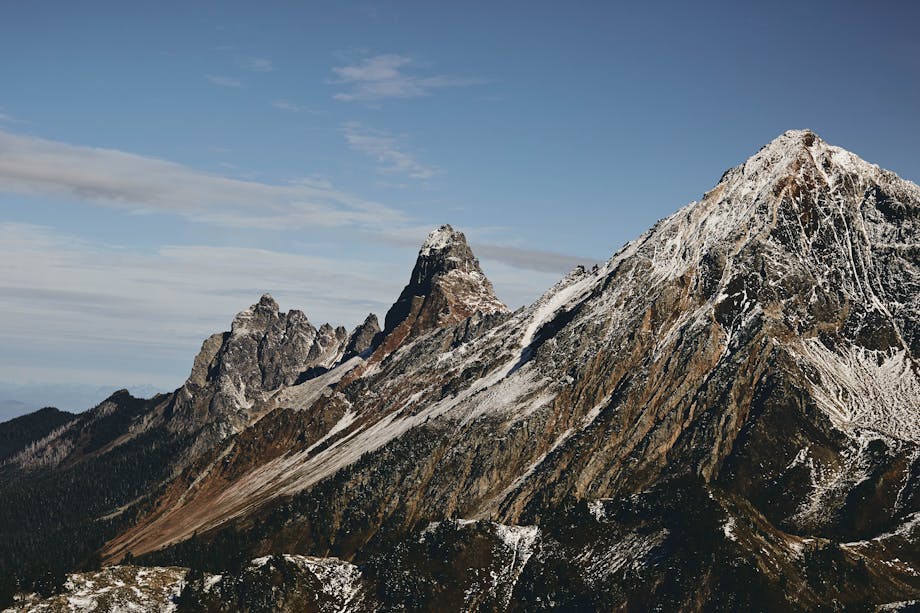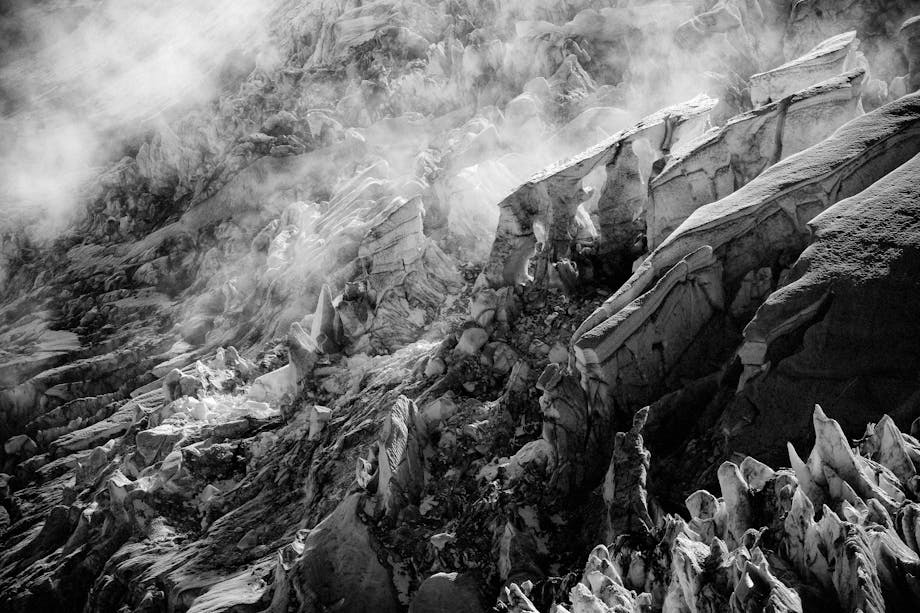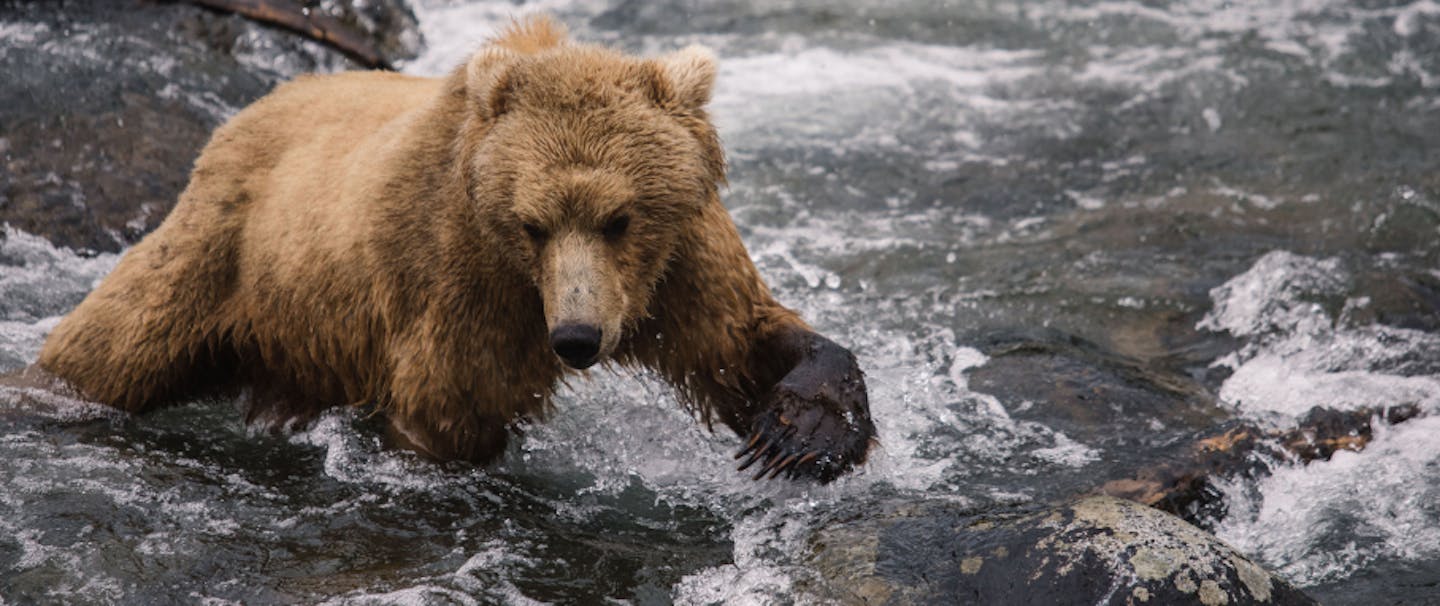The North Cascade Mountains of Washington attract all types of recreationists during the spring and summer months, from locals to tourists, from hikers and climbers to high mountain anglers and bird watchers. But one type of recreationist gets overlooked and even sometimes gets a bad rap: the overlanders.
These adventurers dust off their rigs and bikes after the long PNW winter and head for the hills. Washington state has an extensive network of publicly accessible roads and trails that can be utilized by both highway legal vehicles and OHVs (off-highway vehicles). People can take these roads, many of which are old logging roads, through the Cascades to access new areas of the mountains that would otherwise take days to get to by foot. The quality of the roads ranges from packed gravel and dirt roads that most highway vehicles could use to tight, rutted-out, and muddy messes that only the best-equipped off-road vehicles could pass through.
From the Subaru drivers looking for a great campsite to the two-wheeled enthusiasts looking for a great trail through the mountains to the hard-core Jeep clubs looking to test the limits of their vehicles, Washington has the right terrain for everyone. If you’re interested in overlanding and the use of motor vehicles on public lands, you need to know the rules, obtain the required knowledge and skills, and pack the specific gear that will make your life safer and easier.

If you’re going to take your motorized vehicle out on public lands and national forests, you need to know that the number one rule is respect. Respect others on the trail, respect the land, and respect all signage and closures, as trails are closed for specific reasons. Derrick Clark, from Pacific Northwest Four Wheel Drive Association, explains:
“The words ‘tread lightly’ are words that everyone in the off-road community should live by. It is not only good for the environment, but it also makes for a more enjoyable experience for other users that come behind. It has been my experience that if an area looks good, people are more likely to take better care of it by staying on the trail and cleaning up after themselves. I, as a user, have spent many years working with the Forest Service as a volunteer to identify and protect the sensitive areas along our trail systems. Once tracks are there, they are there for good, unfortunately. So as responsible users, we need to keep that in the back of our minds.”
“...the number one rule is respect.”
As Derrick mentioned, one of the most important rules that will show respect is to stay on the trail. This may seem like an obvious rule, but it is the same as in hiking. If you get off trail and start to make a new trail, it can begin to destroy another part of that ecosystem, cause excess erosion, and even lead to the closure of the trail if the destruction gets too bad. This is where some vehicles might get in trouble because sometimes the trail may be a more treacherous route than going around it, but it’s important to stay on the trail or turn around. Before venturing down a trail, make sure you look at the rating and note whether or not your vehicle is capable of passing through any hazards along the way.

There are also some important pieces of gear you shouldn’t leave home without if you’re venturing to a new area to explore―or even if you’re just going out to your favorite car camping trail you’ve been to dozens of times before. Here are five things you should keep in your rig.
The following are five things you should keep in your rig.

It goes without saying that the knowledge of how to use these items correctly and safely is also an important component of overlanding. The harder the trails you intend to venture down, the more knowledge you’re going to need. Play smart, be respectful, stay safe out there on the trails, and enjoy a whole new way to experience Washington’s beautiful natural landscapes.

